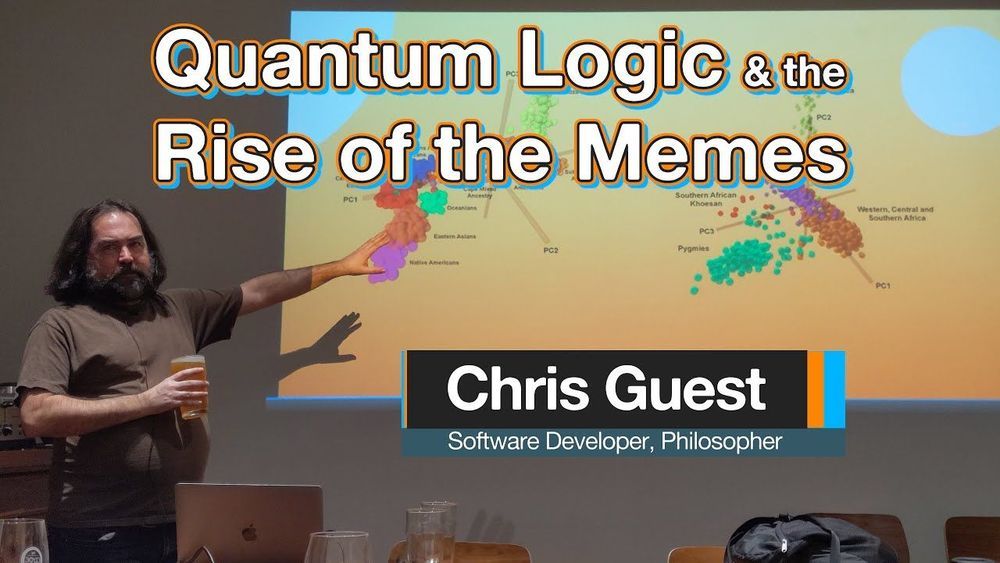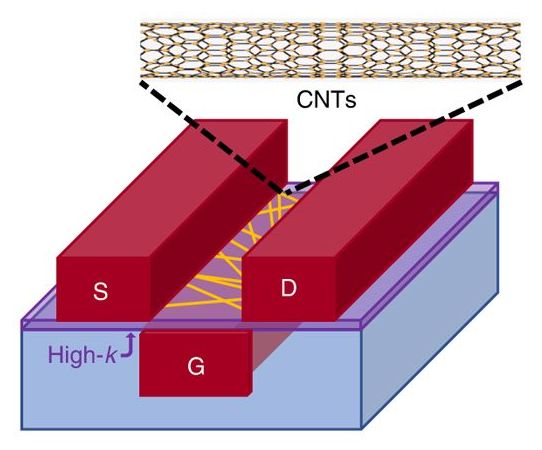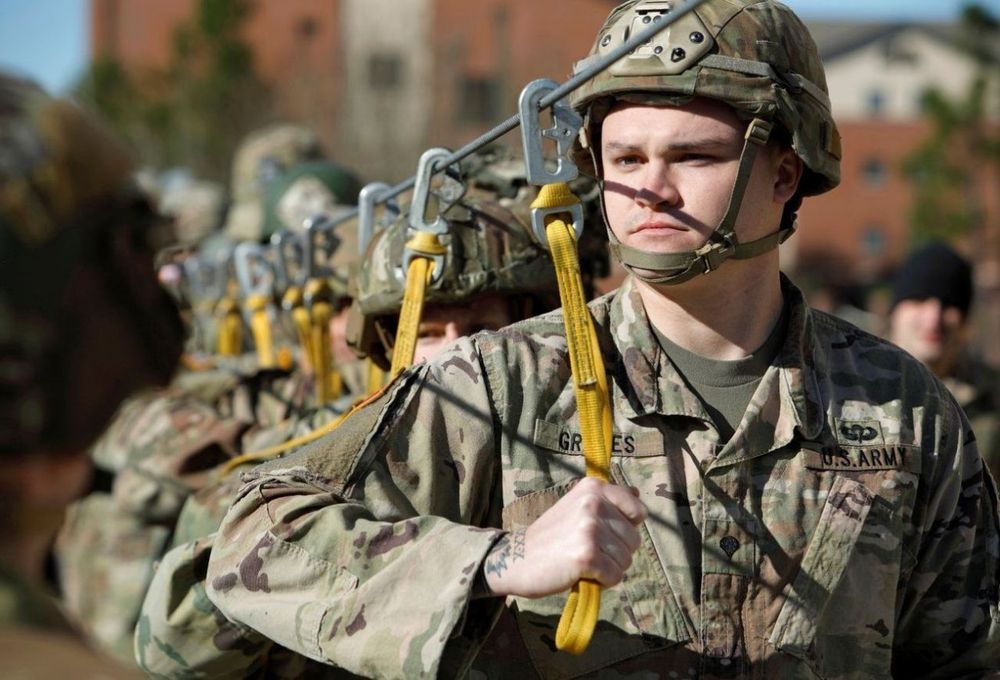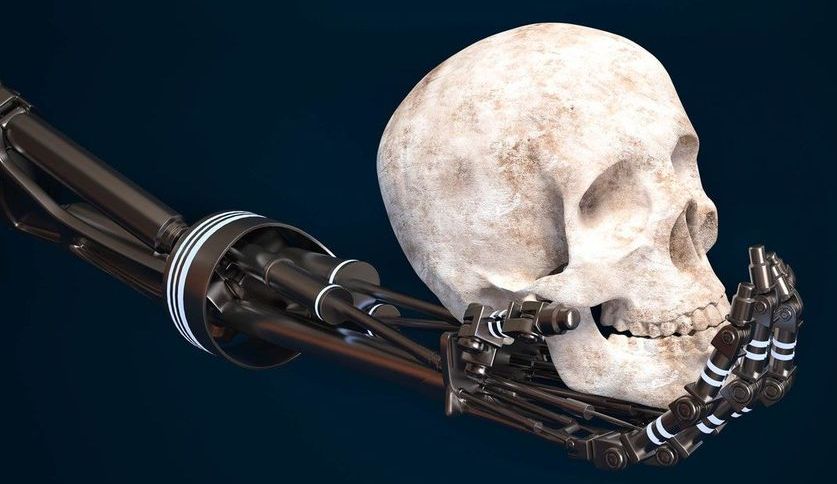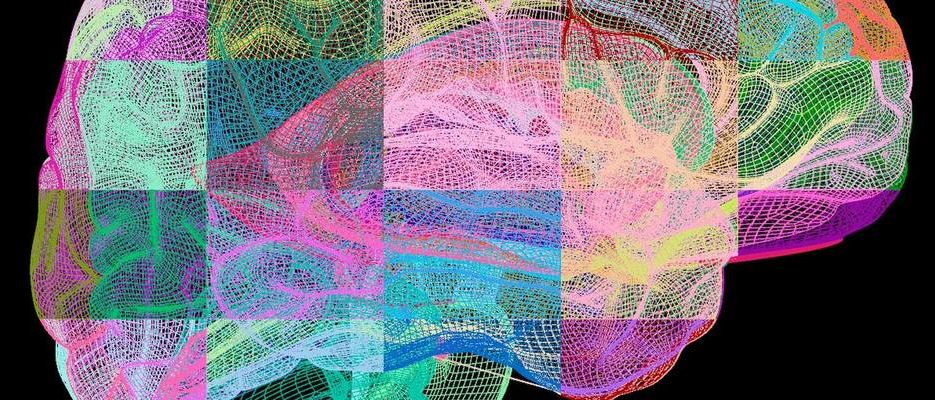The NASA official who oversaw the first SpaceX astronaut launch last month will now lead all the agency’s human spaceflight efforts, including its goal to land astronauts on the moon by 2024.
NASA chief Jim Bridenstine on Friday announced that Kathy Lueders was selected as the agency’s associate administrator of its Human Exploration & Operations mission directorate. He said in a tweet that Lueders to be “the right person to lead HEO as we prepare to send astronauts to the Moon.”
Lueders is the first woman to lead NASA’s human spaceflight efforts, the agency noted.

